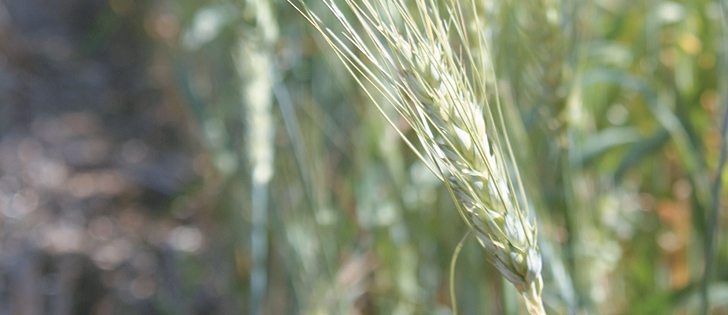Bovine viral diarrhea is an infection that costs our cattle industry millions of dollars every year.
It’s a common problem and many producers don’t even know it’s in their herds.
A study by the Western College of Veterinary Medicine in Saskatoon found that cattle persistently infected with BVD were present in 10 percent of the cow-calf herds tested in Western Canada.
Infected herds have substandard weaning weights, more health problems and poorer herd fertility than clean herds. We have the technology to eradicate BVD, but it takes work.
Read Also

Sugar beet harvest underway in southern Alberta
Alberta Sugar Beet Growers hosts field tour to educate the public on the intricacies of the crop, its harvest process, and contracts with Lantic Sugar
The first step, and the easiest, is vaccination.
WCVM studies show that producers who use pre-breeding vaccinations have better reproductive performance, but there are other benefits as well.
Vaccinating cows helps prevent infection of the fetus in the uterus and limits the possibility of a persistently infected calf. Vaccination does not protect 100 percent of fetuses, but it is useful as part of a comprehensive program.
The biggest gains in BVD control can be achieved by eliminating persistently infected calves, which are the main reservoirs of the BVD virus in the herd.
Persistently infected calves are extremely contagious because they secrete large amounts of BVD virus throughout their lives. Transmission to other animals can occur within just one hour of contact.
Persistently infected calves are born to cows infected during pregnancy. When the virus infects a cow, it can kill the fetus outright or the calf can be born alive but carry the BVD virus. Because about 50 percent of persistently infected calves reach breeding age, they can also pass it to their own calves.
Persistently infected calves can be identified with a skin test – a small skin biopsy that is checked in the laboratory for the virus. Blood tests can also be done, but they are more complicated.
The key with testing is to do it at the right time.
Testing at weaning is convenient, but it means cows that are already pregnant may be carrying persistently infected calves. This would delay the eradication for another year.
It’s better to test calves after calving but before the start of the breeding season.
If a calf tests negative, there is no need to test the dam because it will also be negative.
If a calf is found positive for BVD, the dam needs testing to see if it is positive. If it tests positive, it’s best to retest it. The second test tells the producer if the cow was acutely infected and cleared the infection or if it is persistently infected. Using just one test may result in the cow being culled needlessly.
All confirmed positive animals should be labelled as persistently infected animals and either sold for slaughter or euthanized. The next year, all calves should be tested again to remove any persistently infected animals.
All cows without calves should be tested, and if any cows calve late, they should be isolated until their calves are tested and found negative.
Biosecurity is another component of a BVD control plan. Once a herd becomes BVD negative, producers can’t risk exposing it to animals of questionable status, which could reintroduce the infection.
This means testing all bulls at purchase and keeping them isolated until their tests come back. Heifers should be purchased non-bred, isolated and tested. Replacement heifers should continue to receive a BVD vaccine.
Buying from BVD-free herds increases the chance of animals being negative. Over-the-fence contact with other animals, even sheep and ruminant wildlife, should be prevented.
The work involved in becoming BVD-free is substantial but worth it. It may create unique markets for sale of animals if it is maintained.














